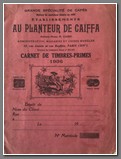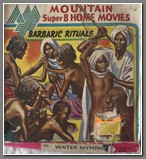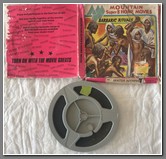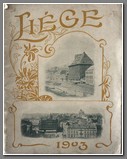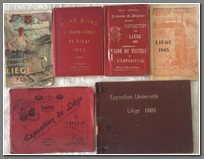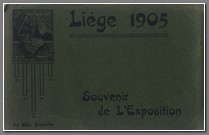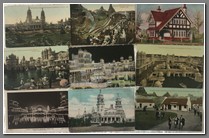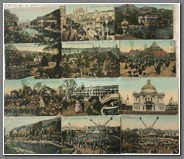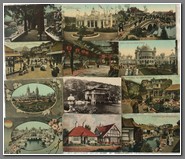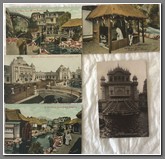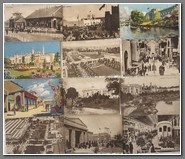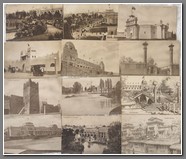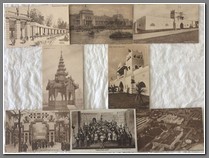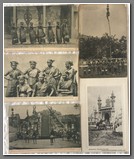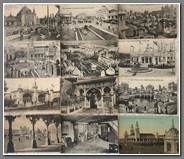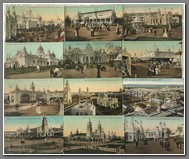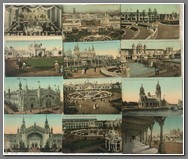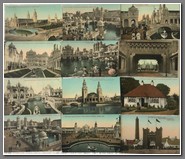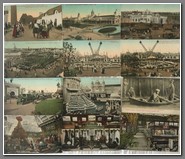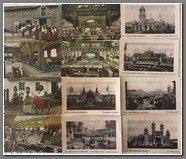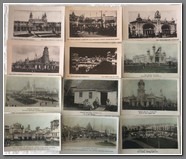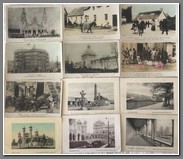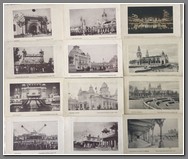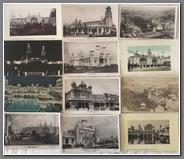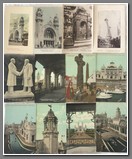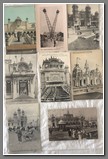Interesting coffee culture item. Booklet to collect stamps for French coffee producer Au Planteur de Caiffa, 1936. Full of offers of what your coupons will buy.
Price: $120.00
Note from Wikipedia: The Au Planteur de Caïffa company was founded in 1890 by Michel Cahen and his wife. Initially a simple roaster , selling a whole range of coffee, Michel Cahen transformed his store into a grocery store. He opened two other stores, then many others in the provinces. To attract his customers, the Planter of Caïffa invented loyalty stamps that housewives meticulously stuck in a small notebook kept as carefully as a savings account . Once filled, it could be exchanged for inexpensive items (dishes, towels, etc.). In 1936 , during the Popular Front , local workers were among the first to go on strike and occupy the premises. At the start of the Second World War , due to anti-Jewish laws , Albert Cahen, son of Michel, was forced to hand over management of his company to one of its directors, Mr. Couture. The premises on Rue Boulitte were assigned in 1941 to the Paris regional directorate of the SNS.
After the war, the company was a shadow of its former self. Divesting most of its branches, it refocused its activity on coffee roasting. In 1962 , it acquired 25 % of the capital of the company La Maison du Café , created by the two Argentinian brothers Della Valle, as well as its business and its brand. It changed its name. In 1977 , it was bought by Douwe Egberts, then taken over in 1978 by Sara Lee Corporation , which became Jacobs Douwe Egberts (JDE) after its split in 2012 .
Currently, it is part of one of the three largest groups of roasters in the world.

